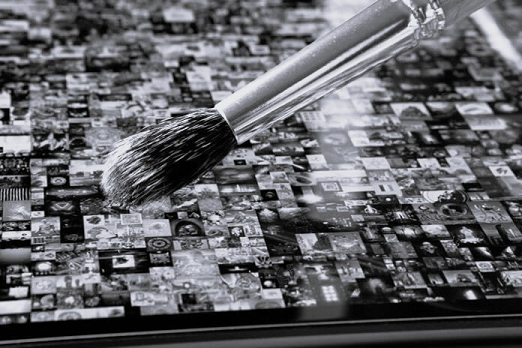The gaming industry has exploded in recent years, captivating millions worldwide with its immersive experiences. Whether it’s a casual mobile game or a complex multiplayer online battle arena (MOBA), gaming has become a significant part of modern life. As with any activity that consumes considerable time and attention, it’s essential to understand the psychological implications of gaming—both the benefits and drawbacks.
The Benefits of Gaming
Cognitive Development: Gaming can be a powerful tool for cognitive enhancement. Many games require players to solve puzzles, make quick decisions, and think strategically. These activities stimulate brain functions, improving memory, attention span, and problem-solving skills. For instance, strategy games like “StarCraft” or “Civilization” require players to plan several moves ahead, which can enhance critical thinking and planning abilities.
Social Interaction: Contrary to the stereotype of the solitary gamer, many games today foster social interaction. Multiplayer games, especially those played online, allow players to connect with others across the globe. This can lead to the development of social skills and even lifelong friendships. Games like “World of Warcraft” or “Fortnite” have thriving communities where players collaborate, compete, and communicate, thus enhancing their social network.
Stress Relief and Emotional Resilience: For many, gaming is a way to unwind and escape the stresses of everyday life. Engaging in a game can provide a sense of accomplishment and control, which can be particularly beneficial in managing stress. Moreover, overcoming challenges in games can build emotional resilience, teaching players to persevere in the face of difficulty.
Hand-Eye Coordination: Action games, in particular, are known to improve hand-eye coordination. The fast-paced nature of these games requires quick reflexes and precise movements, which can translate into better motor skills in real life.
The Drawbacks of Gaming
Addiction and Compulsive Behavior: One of the most significant concerns with gaming is the potential for addiction. The compelling nature of games, especially those designed with reward systems, can lead to excessive play. This can result in neglect of real-life responsibilities, social isolation, and even physical health issues due to prolonged periods of inactivity.
Aggressive Behavior: The link between violent video games and aggressive behavior has been the subject of much debate. While not all gamers exhibit increased aggression, exposure to violent content can desensitize individuals to violence or reinforce aggressive tendencies in some players. It’s crucial to recognize this potential risk, especially for younger audiences.
Mental Health Concerns: Excessive gaming has been associated with various mental health issues, including depression and anxiety. The isolation from real-world social interactions and the potential for online bullying can contribute to these conditions. Furthermore, the constant exposure to the competitive nature of many games can lead to stress and burnout.
Physical Health Risks: Prolonged gaming sessions can lead to several physical health problems, such as eye strain, poor posture, and repetitive strain injuries. Additionally, the sedentary nature of gaming can contribute to obesity and related health issues if not balanced with physical activity.
Conclusion
The psychology of gaming is multifaceted, offering both benefits and drawbacks. While gaming can enhance cognitive abilities, foster social connections, and provide stress relief, it also carries risks such as addiction, aggression, and mental health concerns. Like any activity, moderation and balance are key. By understanding and managing the psychological impacts of gaming, players can enjoy the benefits while minimizing the potential downsides.
Who we are: Funded.com is a platform that is A+ BBB accredited over 10+ years. Access our network of Angel Investors, Venture Capital or Lenders. Let us professionally write your Business Plan.











